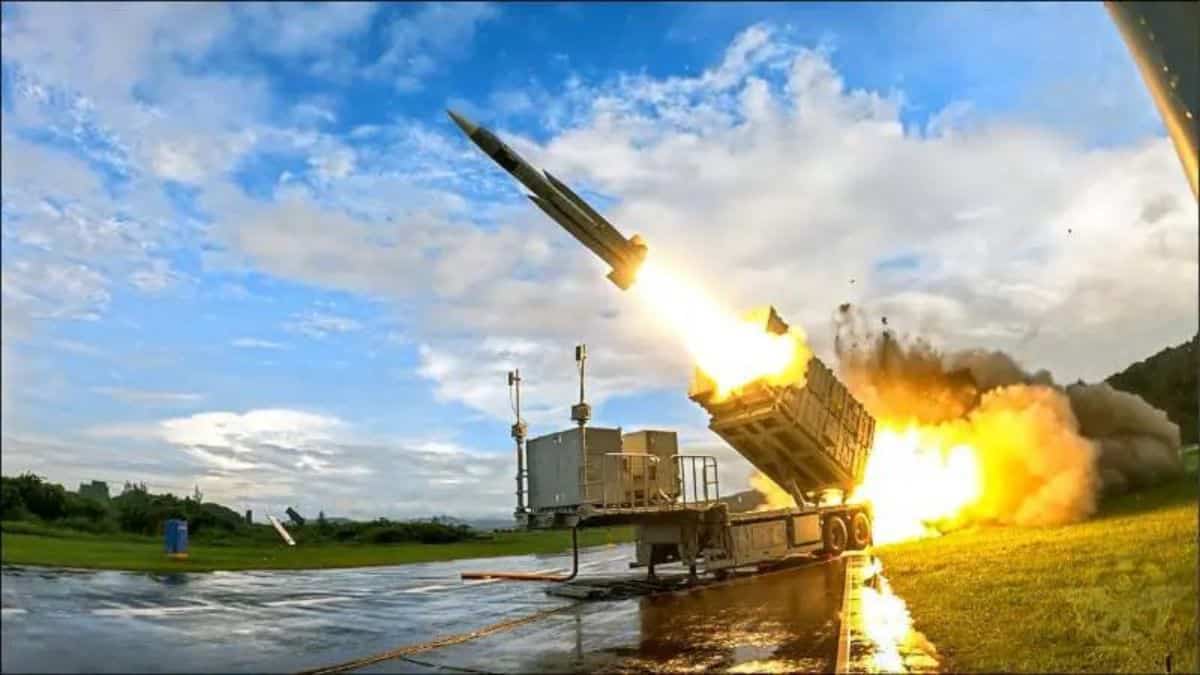 Image credits - EurAsian Times
Image credits - EurAsian Times
In the realm of military strategy between Taiwan and mainland China, the Hsiung Sheng cruise missile emerges as a critical component in Taiwan’s armoury, which is made for deep penetration into the mainland. However, recent insights from a significant Chinese military magazine downplay the perceived threat of this advanced Taiwanese missile, emphasizing the limitations of the missile.
The Hsiung Sheng cruise missile, a pivotal component in Taiwan’s armoury, presents both strategic potential and challenges in the complex landscape of cross-strait tensions. The extended-range variant of the Hsiung Feng IIE missile, designed to target eastern, southern, and central mainland China, is dissected in a late November article in Ordinance Industry Science Technology.
Despite its strategic potential, the article highlights the Hsiung Sheng’s vulnerability due to its relatively large size, subsonic speed, and lack of stealth technology. These characteristics, according to the analysis, make the missile susceptible to detection, potentially diminishing its effectiveness as a covert retaliatory measure. The land attack cruise missile is equipped with a reported range of up to 1,200km (746 miles). It is a crucial element in Taiwan’s military inventory, providing the capability to strike deeper into mainland China.
While the Hsiung Sheng extends Taiwan’s reach into strategic mainland areas, the magazine underscores the significance of its shortcomings in terms of modern warfare dynamics. Its subsonic speed, in particular, contrasts with the trend in military technology favouring faster, more elusive projectiles. The absence of stealth technology further exposes the missile to advanced detection systems employed by modern defence mechanisms.
This analysis raises questions about the overall efficacy of the Hsiung Sheng in the face of evolving defence capabilities. As military landscapes continuously adapt, the emphasis on stealth and speed becomes paramount in maintaining a strategic edge. Taiwan’s reliance on the Hsiung Sheng as a key retaliatory tool may necessitate further advancements to address these vulnerabilities and ensure its effectiveness in a rapidly evolving geopolitical context.
In conclusion, while the Hsiung Sheng cruise missile stands as a symbol of Taiwan’s military prowess, the nuanced assessment from a Chinese military magazine prompts a reconsideration of its strategic impact. As regional tensions persist, the evolving dynamics of modern warfare underscore the importance of adaptability and innovation in maintaining a credible defence posture.
